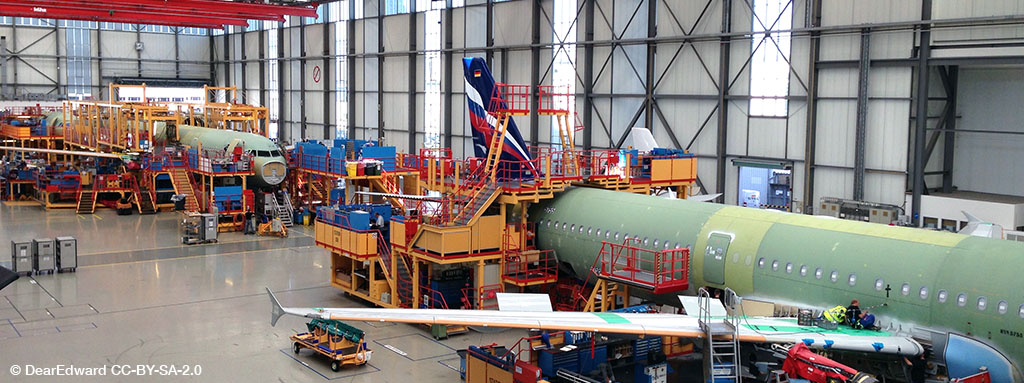
When we board an aeroplane everything is in its place. As a matter of fact, we expect this to be the case. Spaces are intelligently occupied by seats, baggage holds, catering areas and toilets. We also assume that everything we cannot see is in its place when the aircraft taxis along the runway: engines, avionics, lighting, on-board computers, emergency systems and landing gear. Everything fits in.
The attractive time-lapse technique allows us to view the entire aircraft assembly process in just a few minutes.
Aircraft manufacturing is an industry which is as complex as it is attractive. On more than one occasion, we have discussed the high degree of craftsmanship and specialisation required to manufacture an aircraft.
As a matter of fact, aeroplanes are usually not manufactured in a single site. Many companies and industrial facilities are involved in the process. However, there is always a Final Assembly Line (FAL), where it is possible to see how all the parts fit together and form a single whole.
There are cases in which the logistical complexity of manufacturing an aircraft is increased even more, since its parts come from points located thousands of kilometres from each other. This is precisely the case of Airbus, which has factories and suppliers spread out over more than a dozen countries.
The sequence from when an aircraft’s parts start to be manufactured until the painted aeroplane leaves the hangar ready for its maiden flight lasts several weeks. It is difficult to comprehend the huge amount of work involved if we cannot see the entire process.
The large manufacturers have sometimes released videos showing the different stages involved in assembling an aircraft when a new aeroplane is launched or delivered to a specific airline. In order to help us view the work flow, they tend to use the time-lapse technique, which allows them to concentrate the lengthy process lasting days or weeks into just a few minutes.
The outcome tends to be attractive, but above all these videos are entertaining. They become an essential element to perceive the aeronautical industry’s complexity and value.
We have selected several time-lapse videos which show the assembly process of some of the world’s most well-known commercial aircraft. We are sure you have boarded one of them at some time and now you will get to know how they were made.
Have a good flight!
[tboot_column_wrap]
[tboot_column size=”3″]
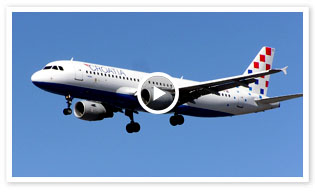
Airbus A320
[/tboot_column]
[tboot_column size=”3″]

Airbus A330-200
[/tboot_column]
[tboot_column size=”3″]
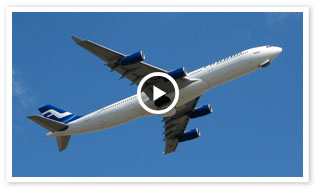
Airbus A340-600
[/tboot_column]
[tboot_column size=”3″]
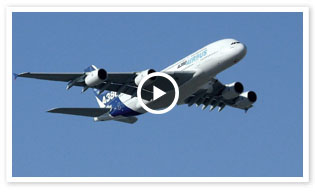
Airbus A380
[/tboot_column]
[/tboot_column_wrap]
[tboot_column_wrap]
[tboot_column size=”3″]
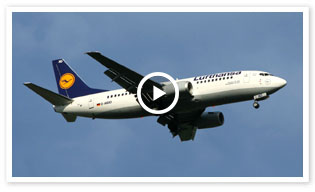
Boeing 737
[/tboot_column]
[tboot_column size=”3″]

Boeing 777-300ER
[/tboot_column]
[tboot_column size=”3″]
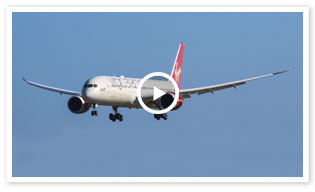
Boeing 787-9 Dreamliner
[/tboot_column]
[tboot_column size=”3″]
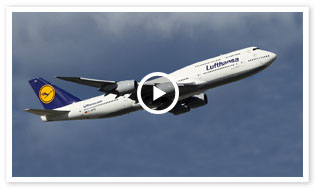
Boeing 747-8i
[/tboot_column]
[/tboot_column_wrap]
[tboot_column_wrap]
[tboot_column size=”3″]
[/tboot_column]
[tboot_column size=”3″]

Bombardier Q-400
[/tboot_column]
[tboot_column size=”3″]
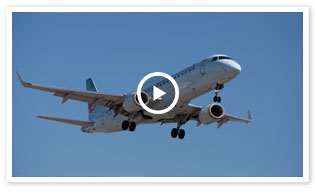
Embraer E190-E2
[/tboot_column]
[tboot_column size=”3″]
[/tboot_column]
[/tboot_column_wrap]

